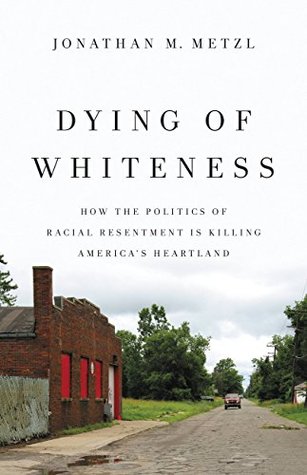But reality turned out to be less than dreamy for many Kansans. It turned out that, contrary to hyperbolic reports of government waste, the state had frequently used tax revenue to pay for roads, bridges, traffic lights, aqueducts, conduits, and causeways—structures often supported by communal governance, and for which wealthy persons who receive tax breaks do not often clamor to invest their surplus funds. Tax revenue also secured the fiscal reputation of the state, enabling the various lending and borrowing vital to a functioning economy.
Welcome back. Just a moment while we sign you in to your Goodreads account.


